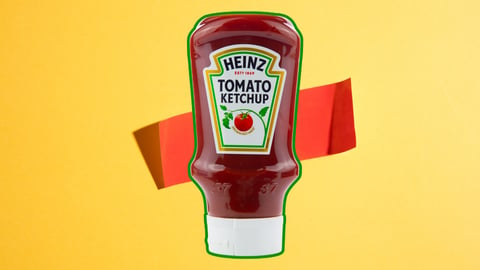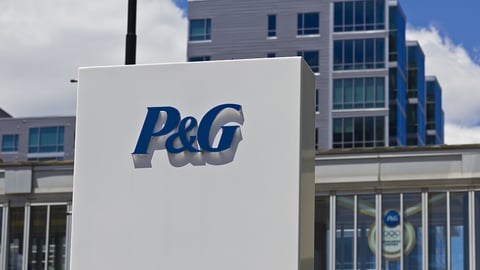Unilever’s Newest Way to Boost On-Shelf Availability
Unilever shared insight into how it’s leveraging machine learning and advanced analytics as part of its SKU rationalization process.
While long a tool in the CPG toolbox, SKU rationalization accelerated during the pandemic’s unprecedented consumer demand and ensuing supply chain crisis. Many consumer goods companies used the period as an opportunity to cut back poor performers in order to simplify production, optimize on-shelf availability (OSA), and bolster their retail partnerships.
In a company blog post, Unilever said the company is leveraging a new data-driven tool that uses advanced analytics to provide a more holistic and granular assessment of its portfolio. Segmenting the data by brand, customer, category, and channel, the tool recommends whether to continue manufacturing products and accounts for such factors as profitability, consumer purchase habits, and retailer benefit.
[See also: Unilever and Ahold Partner on Consumer Behavior With Visual Learning End Caps]
It’s said to offers both total and cross-market views of rationalization opportunities; as a result, the Unilever market teams receive greater visibility into top-performing products, as well as insight into where there may be opportunities to invest. The teams can also better track overall portfolio performance, and the No. 4 publicly owned consumer goods company expects the technology to provide additional cost savings within the discontinuation process, as well as optimize both in-store and e-commerce OSA.
Learn More on CPG Innovation
Like the many consumer goods companies turning to artificial intelligence and machine learning, Unilever emphasizes the role of its employees in the process, pointing to the required “human touch."
Morgan Vawter, global VP at Unilever’s data center of excellence, said the technology helps the company make faster and better decisions by marrying the perspectives of its retailers, consumers, and business.
“This is supported by clear targets from our leadership and by robust end-to-end governance,” she added. “The tool gives us visibility of each SKU delisting execution, so we have full traceability of every step to realizing its value.”
[See also: Inside Unilever’s Blockchain Pilot to Scale Palm Oil Traceability]
The technology is currently being used in the United States, Canada, Europe, Africa, and Latin America, and Unilever plans for the platform to be live across all operations by the end of Q2. Steve McCrystal, Unilever chief enterprise technology officer, said they’re already seeing results and that the opportunities to save cash and deliver fuel for growth are huge.
“This is a big step on our journey to becoming a truly data-intelligent organization,” he noted, “where every decision and action is powered by the best data and advanced analytics to deliver our future-fit Compass strategy.”
The Compass strategy refers to the five pillars the company has identified as its foundation for growth: Purposeful Brands, Improved Penetration, Impactful Innovation, Design for Channel, and Fuel for Growth. Unilever restructured earlier this year into five new business groups in a move to better react to shifting consumer and channel trends, prompting a series of leadership changes.






